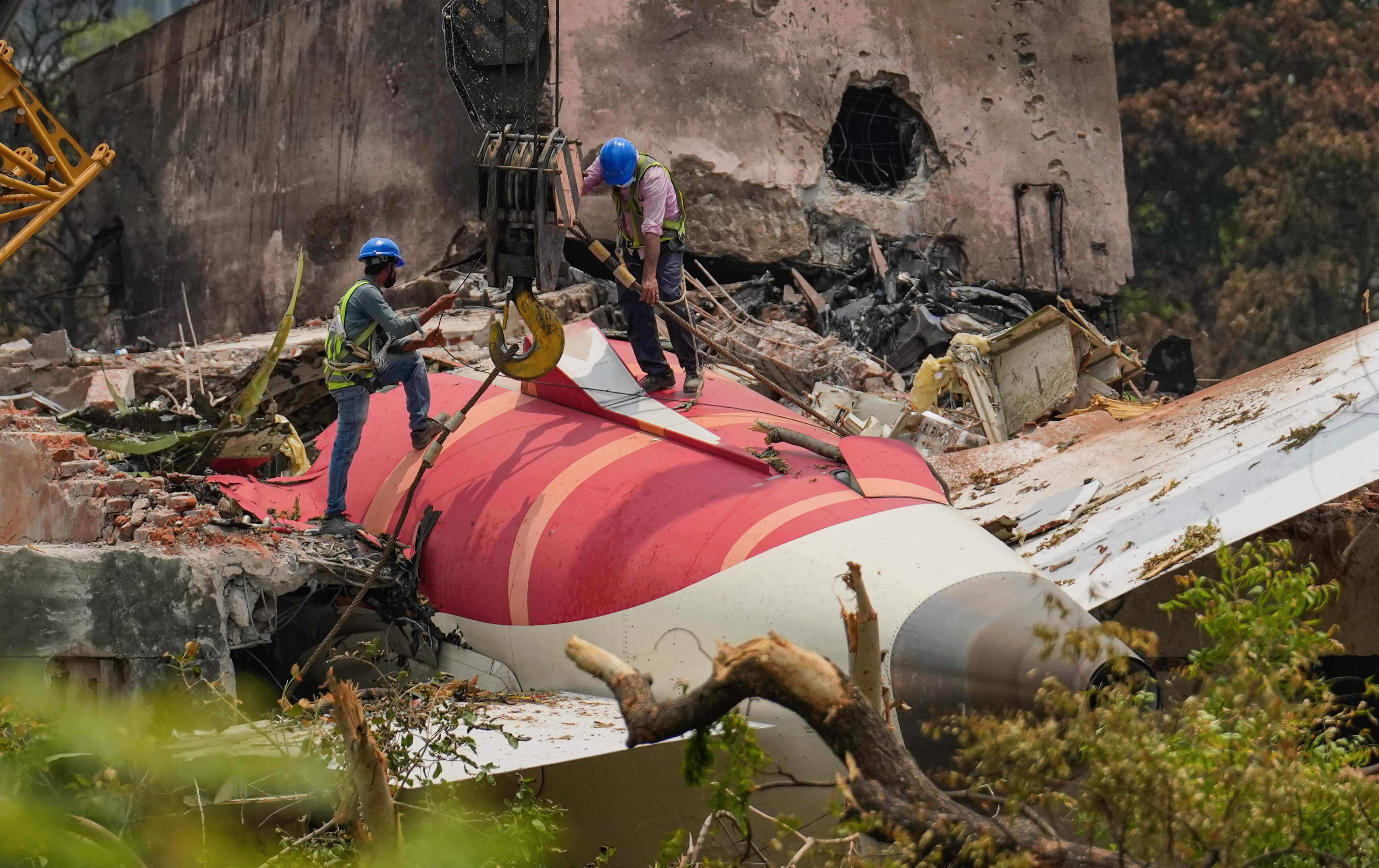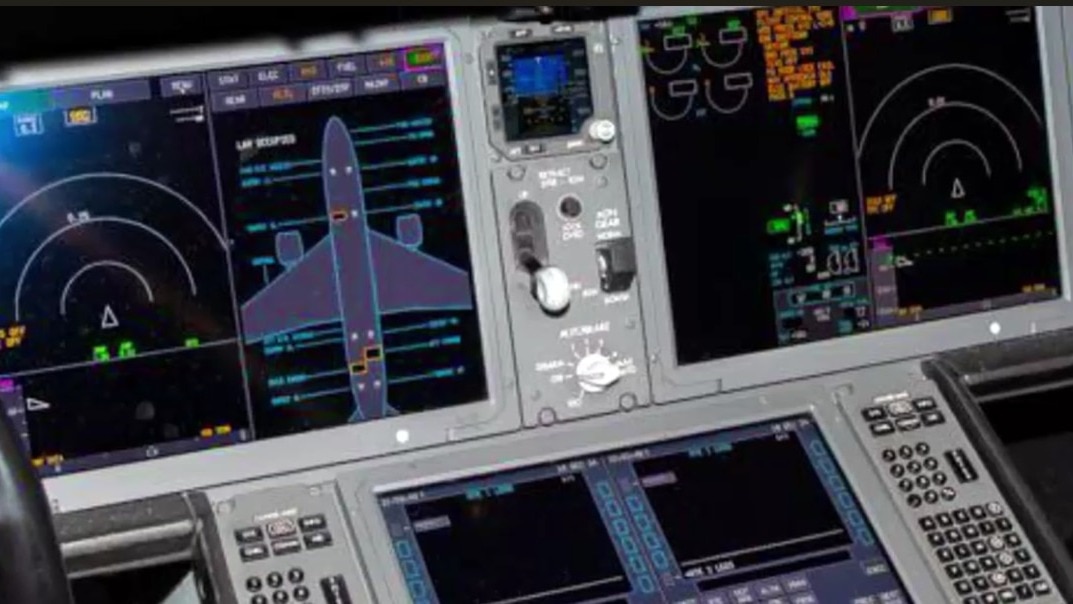Ainakin parin lähteen mukaan 787:ssa polttoaineen normaali syöttö tapahtuu nimenomaan sähköpumpuilla ja ainoastaan varalla on painovoimainen syöttö siipitankista.
B787 Fuel system summary. Go through this summary to refresh your memory before any simulator or exam.

kb.skyhightex.com
"If All Pumps Fail, Each Engine Can Suction Feed From Its Respective Fuel Main Tank"
Kun keskitankissa on polttoainetta, se käytetään ensin. En pitäisi mitenkään mahdottomana, että vaihto paineisesta syötöstä painovoimaiseen aiheuttaisi jonkin härön polttoaineen virtaukseen. Siellä on vähän pakko olla takaiskuventtiili. Siipitankit on saattaneet olla hyvinkin lämpimät, joten höyrylukkokin lienee mahdollinen.
Noissa lentokoneissa käytetään noita imupumppuja primäärisenä polttoaineensyöttö menetelmänä juurikin sen takia, että ne ovat erittäin toimintavarmoja. Ne pumput on kytketty mekaanisesti suoraan siihen moottoriin. Eli niin kauan, kun se moottori pyörii, niin se myös imee sitä polttoainetta.
Eli vaikka se sähköjärjestelmä piiputtaisi ja jotain tapahtuisi sähköpumpuille, se ei vaikuta (ainakaan välittömästi) siihen moottoreiden polttoaineen saantiin.
Eli olisi erittäin outoa, jos 787:ssa poikettaisiin tuosta mallista.
Lisäksi kun puhutaan siitä, että "keskitankki käytetään ensin", niin se ei tarkoita, että sieltä keskitankista pumpattaisiin polttoainetta suoraan moottoriin. Lentokoneiden polttoainejärjestelmät eivät (yleensä) toimi noin. Vaan tuo tarkoittaa sitä, että sitä mukaa kun moottorit imevät sitä polttoainetta siipitankeista, keskitankista pumpataan sähköpumpuilla polttoainetta niihin siipitankkeihin. Eli ideana on pitää ne siipitankit, joista moottorit voivat itse imeä polttoainetta, mahdollisimman täysinä sen varalta, että noihin sähköpumppuihin tulee joku vika. Jotta ei olla tilanteessa, että koneen keskitankki on täynnä, mutta polttoaine loppuu moottoreilta, koska ei ole enää tapaa siirtää sitä polttoainetta niihin siipitankkeihin.
Taas tuo on se miten nuo koneet yleensä suunnitellaan. 787 voi toki olla outo poikkeus, mutta kuulostaisi erittäin oudolta, että siitä tehtäisiin tarkoituksella noin paljon epävarmempi.
*edit*
Oikeastaan voi olla, että olen väärässä tuossa jälkimmäisessä, ja se keskitankin polttoaine pumpataan suoraan sinne moottoriin, eikä siten että menisi sen siipitankin kautta. Jos nyt oikein tajusin tuon, niin tuo hoidetaan jotenkin pumppujen paine-eroilla, jolloin keskitankin syöttämä polttoaine päätyy sinne moottoriin ensisijaisesti. Tosin niiden moottoreiden imupumppujen pitäisi silti toimia.
*edit2*
Eli siis googlettelejun ja muun vastaavan perusteella, mun ymmärrys tuosta 787:n polttoaineensyötöstä on seuraavanlainen:
Moottorissa on tuo imupumppu. Se on mekaanisesti kiinni moottorissa, joten aina kun moottori pyörii, niin tuo pumppu pyörii.
Tuo pumppu yhdistyy siihen polttoaineen syöttöputkeen. Siihen putkeen taaskin ensin yhdistyy keskitankista tuleva syöttöputki, sitten siipitankin imuventtiili ja viimeisenä siipitankin sähköpumput.
Keskitankin pumppu on säädetty tuottamaan korkeampaa painetta kuin siipitankin pumput. Tuo aiheuttaa sen, että keskitankki tyhjenee ensin, sen syöttöputken korkeampi paine varmistaa sen, että polttoaine virtaa sieltä eikä siipitankeista.
Sitten jos keskitankin pumppu ei ole päällä, niin siipitankin pumput puskevat polttoainetta moottoriin. Jos nuokin pumput sammuvat, niin sitten on silti tuo moottorin imupumppu, joka pystyy imemään polttoainetta tuon siipitankin imuventtiilin kautta.
Eli jos joku, tai kaikki, noista sähkötoimisista pumpuista lakkaa toimimasta, niin polttoaineen syöttöön ei tule mitään katkosta. Normaalisti kaikki ovat samaan aikaan käytössä ja jos joku niistä tippuu pois käytöstä, tuo järjestelmä on sellainen, että muut pumput jatkavat toimintaansa kuten ennenkin ja polttoaineen syöttö jatkuu ilman katkosta. Vastaavasti jos jostain syystä tuo moottorin imupumppu lakkaa toimimasta, niin sitten silti nuo tankkien sähköpumput pystyvät ylläpitämään sen polttoaineen syötön.











